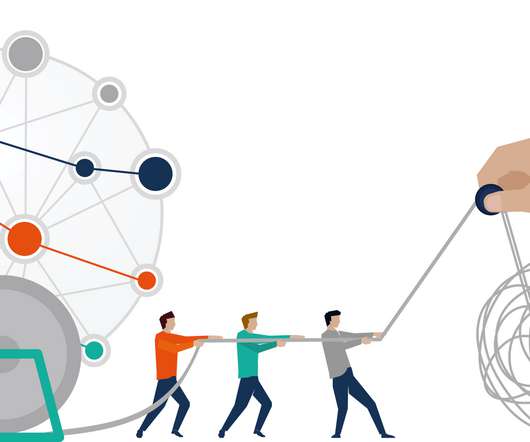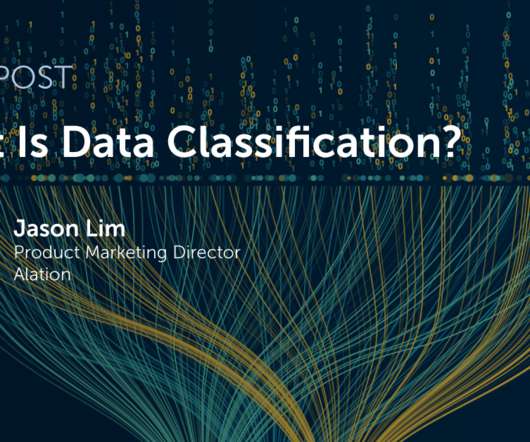Your Effective Roadmap To Implement A Successful Business Intelligence Strategy
datapine
FEBRUARY 22, 2022
KPIs are measurable values that show how effectively a company is achieving its business objectives. KPIs indicate areas businesses are on the right track and where improvements are needed. When implementing a BI strategy, it is crucial to consider the company’s individual strategy and align KPIs to the company’s objectives.















Let's personalize your content